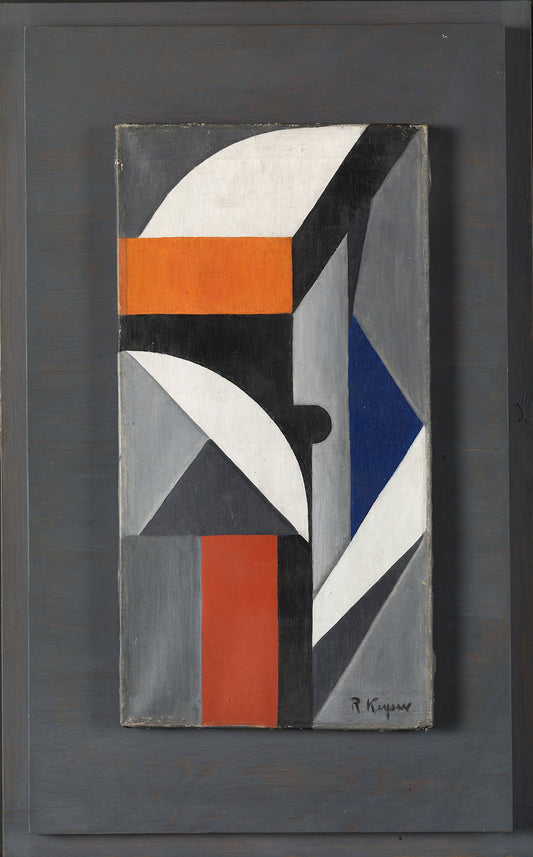Collection: Ragnhild Keyser
-
Still life with jar, bowl and onion
Vendor:Ragnhild KeyserRegular price From 150,00 NOKRegular priceUnit price per -
The bridge and the clock
Vendor:Ragnhild KeyserRegular price From 150,00 NOKRegular priceUnit price per



